How No-Fee EFTPOS Solutions Help Fast Food Businesses Grow
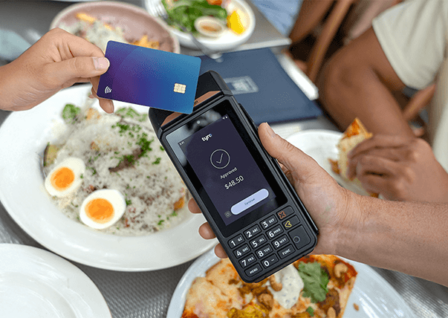
19 October 2023 - 10 min read
General
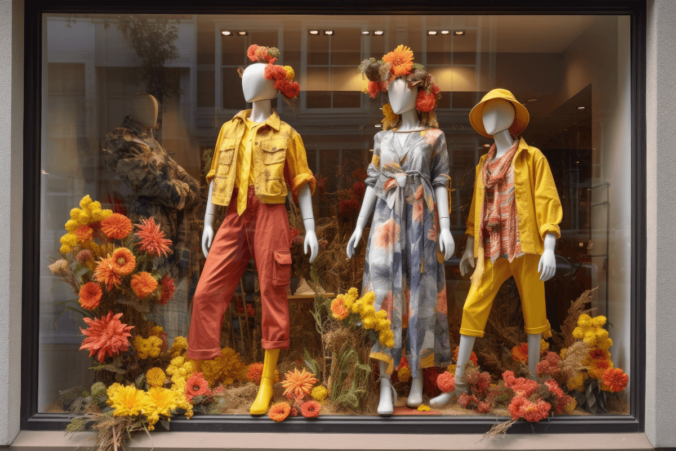
In the bustling world of retail, where competition is fierce and attention spans are fleeting, the concept of visual merchandising stands as a beacon of innovation and creativity. At its core, visual merchandising is the art of creating displays that draw customers into a retail business, engaging their senses and guiding them through an immersive brand experience.
Far more than just arranging and displaying products on shelves, visual merchandising involves a range of impactful strategies, including:
Significance in the retail industry
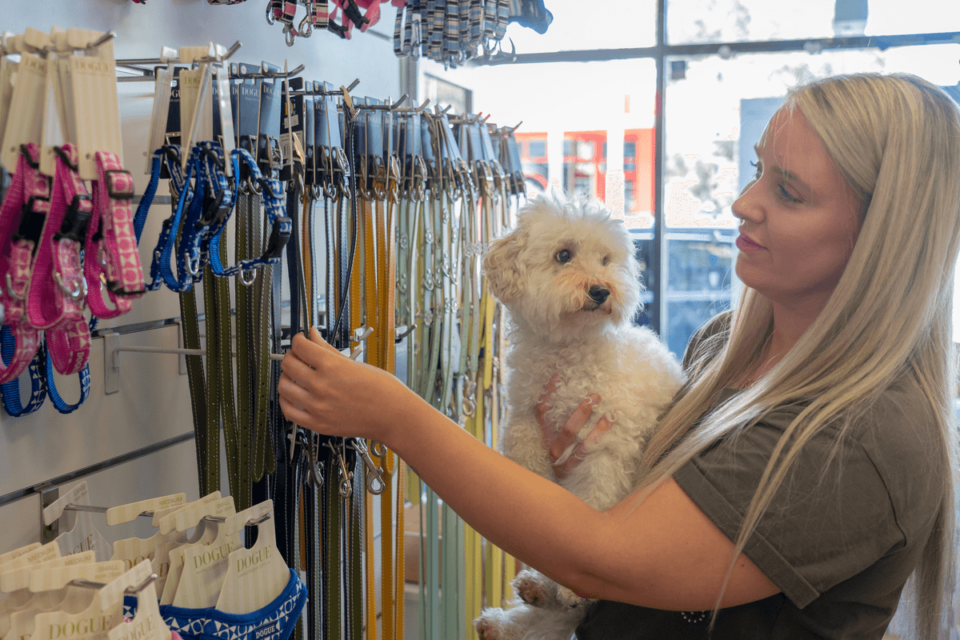
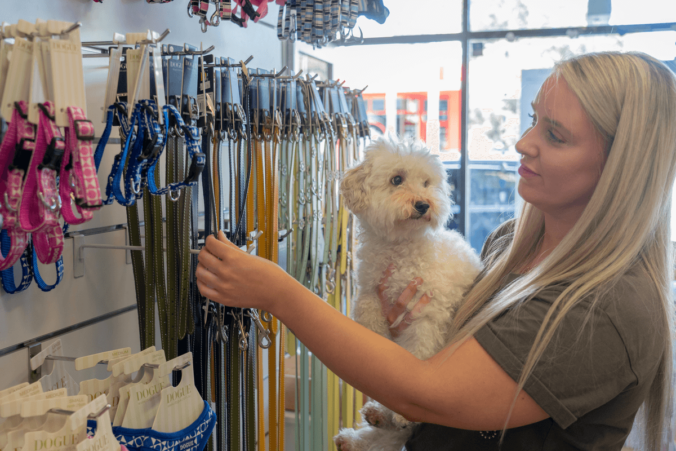
Visual merchandising can be defined as the strategic arrangement of products, displays, and store layouts to create a visually appealing and cohesive retail environment that entices customers and enhances their shopping experience. It is the silent storyteller that communicates a brand’s values, aesthetics, and offerings through visual cues, fostering a connection with the audience beyond the mere transactional aspect of shopping.
In today’s hyper-competitive retail landscape, where e-commerce has reshaped consumer habits, physical stores are compelled to reimagine their role. Visual merchandising emerges as a key differentiator, offering an opportunity to elevate bricks-and-mortar retail beyond the realm of mere convenience. By weaving artistry, psychology, and marketing strategy, visual merchandising has the potential to transform shopping from a transactional chore into an immersive journey that leaves an indelible mark on customers’ minds.1
The art of engaging customers through strategic window displays
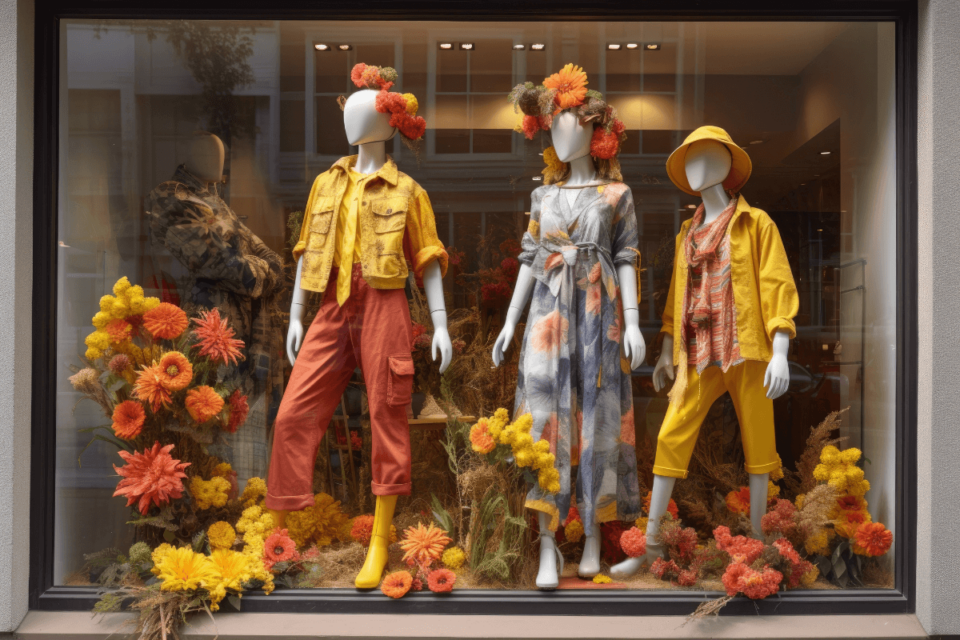

At the heart of great visual merchandising lies the craft of engaging customers through strategic displays that transcend mere aesthetics. A window display, for instance, serves as the first handshake between the store and the passerby. It must capture attention, evoke emotion, and communicate the essence of the brand in a matter of seconds. The interplay of lighting, colours, textures, and props creates a visual symphony that can quickly resonate with the observer, prompting curiosity and enticing them to step inside.
Retail store layout optimisation
Retail store design and layout, another integral component, orchestrates the flow of customers within the store. The layout must optimise navigation, ensuring that visitors effortlessly move from one section to another while discovering products along the way. A well-planned layout for retail stores not only enhances convenience but also curates a sense of discovery, encouraging customers to explore and engage with your products.
Infusing freshness with seasonal displays
Seasonal displays inject an element of excitement and novelty into the store. By aligning with trends or changing seasons, they make the store feel fresh and connected to the people it serves, showing the brand understands what’s happening in society.
Unleashing the power of retail space transformation
The pinnacle of effective visual merchandising prowess lies in retail space transformation and creating a captivating digital environment. Going beyond conventional displays, this concept blends architecture, design, storytelling, and cutting-edge technology to craft immersive and memorable environments. These environments not only transport customers into a different world, but also integrate seamlessly with the digital world, enhancing the overall brand experience. By harmonising physical and digital elements, they have the potential to from lasting connection between a brand and its audience.2
At the heart of every successful visual merchandising campaign is the visual merchandiser – a creative strategist armed with a deep understanding of consumer psychology, brand identity, and the nuances of retail dynamics. Their responsibilities are multi-faceted, ranging from designing displays conceptualising store layouts and aligning visual elements with marketing campaigns for a seamless brand message.
A visual merchandiser must balance creativity with marketing acumen. It’s a delicate dance between aesthetics and business objectives, where every design choice is meticulously curated to not only please the eye but also increase sales potential. This requires an innate ability to translate brand values into tangible visual cues that resonate with the target market.


Curating cohesive and appealing in-store experiences
The essence of good visual merchandising lies in creating a cohesive and appealing in-store experience that resonates with customers. A successful visual merchandiser doesn’t just arrange products – they craft narratives. Each display, shelf, and corner is an integral part of the overarching story, while contributing to a brand’s unique philosophy.
Utilising psychology in visual merchandising for compelling narratives
Effective storytelling through visual merchandising requires an acute understanding of consumer behaviour. By leveraging psychological triggers, such as colours, symmetry, and focal points, visual merchandisers guide customers’ attention and influence their emotions. The real skill in visual merchandising is combining what you see with how people think and feel while they shop.3
While the roles of retail merchandiser and visual merchandiser might seem intertwined, they occupy distinct niches within the retail ecosystem. A retail merchandiser focuses on inventory management, pricing strategies, and assortment planning. They ensure that the right products are available in the right quantities, at the right time, and at the right price for a target customer.
A visual merchandiser transcends the logistical aspects and delves into the realm of aesthetics and experience. They design displays that elevate the brand, enhance customer engagement, and contribute to the store’s ambiance. However, it’s crucial to recognise that these roles are not mutually exclusive. In fact, the synergy between the two is what drives a holistic and successful retail strategy.
Visual marketing techniques: Colors, lighting, and signage
Visual marketing techniques form the bedrock of any visual merchandising strategy. The use of colours, lighting, and signage can really impact the customer’s perception of a store and its offerings. Colours evoke emotions and create associations, with warm tones fostering comfort and trust, while bold hues stimulate excitement. Lighting sets the mood – from spotlightingbestselling products to creating an inviting atmosphere, its nuances wield the power to Influence.
How store layouts shape customer experience and brand engagement
Store layout and flow are the invisible orchestrators of the customer’s journey. A well-designed layout invites customers through a seamless experience, presenting them with products in a logical sequence. It strategically places high-margin items, encourages exploration, and minimises congestion. This can influence dwell time, and boost customer engagement.
The power of product placement in visual merchandising
Product placement and grouping is designed cross-sell more products. By using eye-catching product displays and placing complementary products in close proximity, visual merchandisers encourage customers to explore related items. Grouping items into themes or collections not only encourages discovery but also showcases the brand’s understanding of their customers’ needs.


Seasonal Themes: Adapting to trends and festivities
Seasonal themes are the chameleons of visual merchandising. They allow stores to evolve with trends, promote key calendar events, and maintain relevance. From winter wonderlands to summer escapades, these thematic ‘moments’ create anticipation and celebration, while nurturing a sense of community around the brand.
Influencing consumer behaviour and purchase decisions
Studies have consistently shown that well-executed visual merchandising significantly influences purchase decisions. Customers are drawn to aesthetically pleasing displays, and the arrangement of products in interior displays can guide their choices, driving them towards high-margin items or helping them discover new favourites.4
Enhancing brand identity and recognition
Beyond immediate retail sales, visual merchandising plays a pivotal role in cultivating brand identity and recognition. A distinct visual signature sets a brand apart, making it instantly recognisable among a sea of competitors. This recognition helps to build trust and loyalty, as customers develop an emotional connection with the brand that is so much more than transactional.
Strengthening customer engagement and loyalty
The journey doesn’t end at the point of sale. It has the potential to evolve into a long and meaningful relationship. Visual merchandising deepens customer engagement by fostering memorable experiences that extend beyond the store visit. A well-crafted display sparks conversation and social media shares, amplifying the brand’s reach.
Customer loyalty, often elusive in today’s transient marketplace, can be nurtured through exceptional visual merchandising. When customers feel seen and understood by a brand, when their desires are catered to through thoughtfully curated experiences, they become brand advocates. Their loyalty is rooted not just in the product but in the emotional resonance cultivated through visual storytelling.
Aligning visual merchandising with branding and marketing campaigns
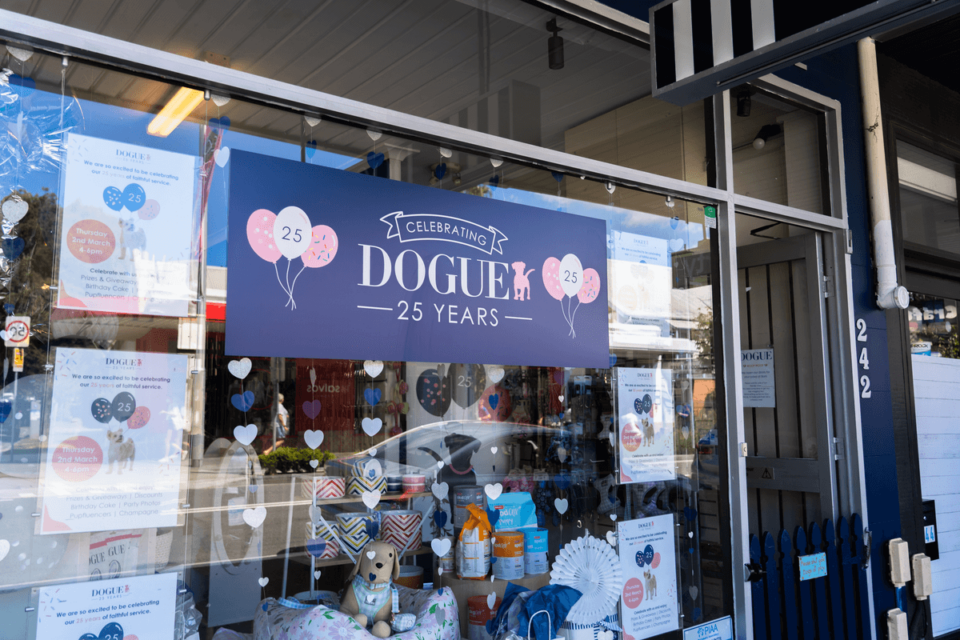
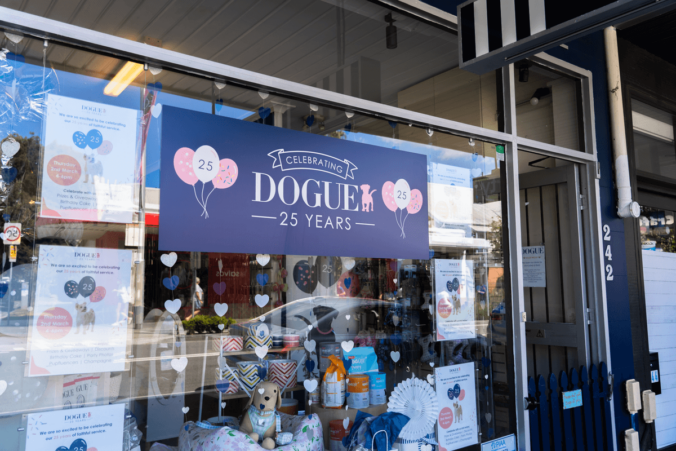
To unlock the true potential of visual merchandising, retailers must align it with branding and marketing campaigns. Every display should seamlessly extend the brand narrative, contributing to a consistent and memorable customer journey. This synchronisation elevates the impact of visual merchandising, transforming it from a tactical display into a strategic branding tool.
Uniting physical and digital realms in visual merchandising
Technology is another medium that visual merchandisers are exploring. Interactivity, augmented reality, and even virtual reality are being harnessed to create immersive experiences that blur the lines between the physical and digital spaces. These innovations amplify engagement, appealing to tech-savvy consumers and pushing the boundaries of traditional retail.
Case studies showcasing successful visual merchandising initiatives
The landscape is filled with impressive examples that show how visual merchandising can make a big impact. From fancy brands making extravagant window displays to local stores adding personal touches to their layouts, the different ways these strategies succeed highlight how adaptable this approach can be.
One such case study is that of a fashion retailer that leveraged a futuristic theme for its seasonal display. With metallic accents, sleek lines, and state-of-the-art technology, the store transformed into a space-age wonderland. The display not only attracted attention but also aligned with the brand’s identity, resulting in increased footfall and more sales.
In the grand tapestry of retail, visual merchandising emerges as the brushstroke that interlaces ingenuity, psychology, and tactics. It’s the fusion of artistic expression and systematic methodology, crafting immersive journeys that transcend transactions, etching enduring bonds. From grabbing attention to nurturing customer loyalty, visual merchandising stands as the rhythmic pulse of contemporary retail – vibrant with innovation and pulsing with potential.
As businesses look to captivate their customers the allure of visual merchandising can play a huge role in illuminating the path to retail success. From opulent showcases in luxury retail spaces, to memorable brand ‘moments’ in cosy boutiques, this unique marketing channel represents a huge window of opportunity for businesses everywhere.
References:
1 Effect of Visual Merchandising Elements of Retail Store on Consumer Attention
https://www.researchgate.net/publication/323161534_Effect_of_Visual_Merchandising_Elements_of_Retail_Store_on_Consumer_Attention
2 The Psychology Behind Retail Display Colors
https://www.creativedisplaysnow.com/guides/understanding-the-retail-customer/chapter-3-the-psychology-behind-retail-display-colors/
3 The Rise of E-commerce: Transforming Consumer Behavior and Retail Landscape.
https://medium.com/illumination/title-the-rise-of-e-commerce-transforming-consumer-behavior-and-retail-landscape-55dfc846a281
4 The Impact of Visual Merchandising on Consumer Impulse Buying Behavior
https://www.researchgate.net/publication/276208244_The_Impact_of_Visual_Merchandising_on_Consumer_Impulse_Buying_Behavior
Australian-based 24/7 support